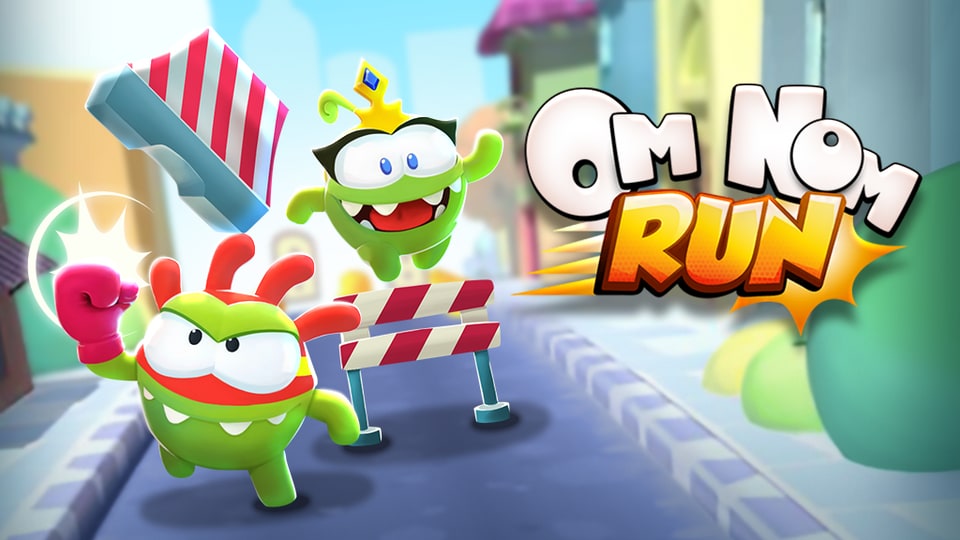VALORANT on Unreal Engine 5: Should You Worry About FPS?
Riot is shifting VALORANT to Unreal Engine 5 in July 2025, but will it affect FPS and performance? Here’s why players shouldn’t worry about frame drops or system issues

Riot Games is getting ready to shift VALORANT to Unreal Engine 5 in July 2025. While this sounds exciting, many players are worried about one major thing: this transition is going to affect their in-game FPS, especially for low-end systems. Let's answer that.
A lot of players assume Unreal Engine 5 equals high-end graphics and demanding performance. That’s true for some games. But VALORANT isn’t like Cyberpunk or Metro. It doesn’t rely on flashy lighting, reflections, or detailed textures. In fact, it’s a very lightweight game when it comes to visuals.
Most of the lighting in VALORANT is baked in, which means it doesn’t change during the match. The only real dynamic part is the shadow on your weapon. So, unless Riot suddenly decides to add fancy real-time global illumination (which they won’t), the game’s performance shouldn’t suffer.
And they’ve clearly said that the game will look the same. So if the visuals aren’t changing, there’s no reason to make the game more demanding. Riot has always focused on making VALORANT accessible. It runs well even on low-end hardware, and that’s part of why it’s so popular. They know that competitive FPS players value smooth performance over flashy graphics.
If Riot broke FPS just to say "we upgraded the engine", that would backfire hard. And Riot moves slowly for a reason. When they make big changes, they test them well. If anything, the upgrade is likely more about backend tools (like the replay system they mentioned) than visuals.
Why Unreal Engine 5 Should Not Affect Valorant FPS?

Here’s what VALORANT doesn’t use and why that’s a good thing:
- No TAA (Temporal Anti-Aliasing): A lot of games use this and it makes things blurry or heavy. VALORANT doesn’t.
- No dynamic lighting: Glowing objects in the game don’t actually light anything around them. That’s good for FPS.
- No reflections or ray tracing: Which means lower GPU usage.
- Very basic textures: No high-res models or overly detailed environments.
Basically, VALORANT avoids most of the heavy stuff that usually slows games down. And moving to UE5 doesn’t mean Riot will suddenly start adding those features.
So, will your FPS drop when VALORANT moves to Unreal Engine 5?
Most likely, it is no. The core of the game is staying the same. Riot isn’t out to change the look or feel of VALORANT, and they definitely don’t want to make it harder to run. The upgrade is more about future improvements, not immediate visual changes.
Unless they surprise us with some huge graphics overhaul (which seems very unlikely), your system should handle it just fine, just like it always has.







